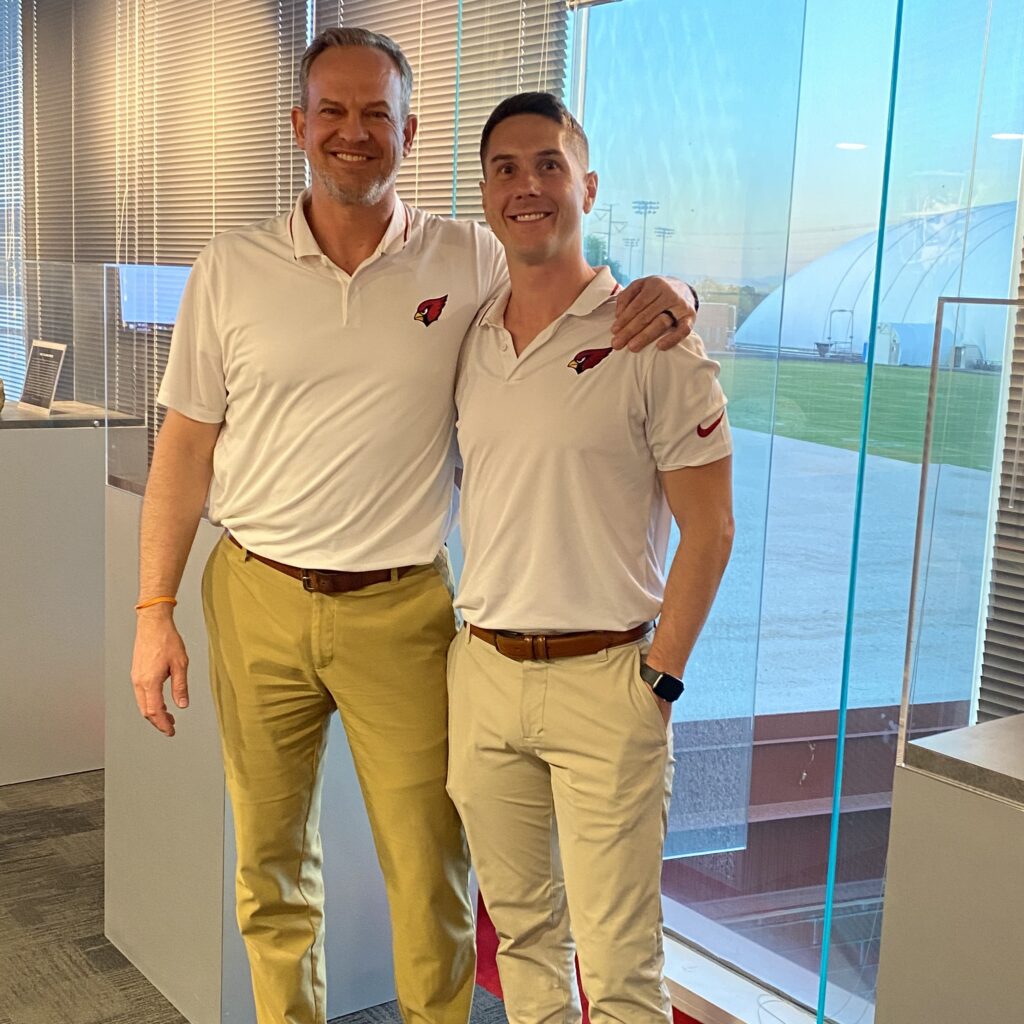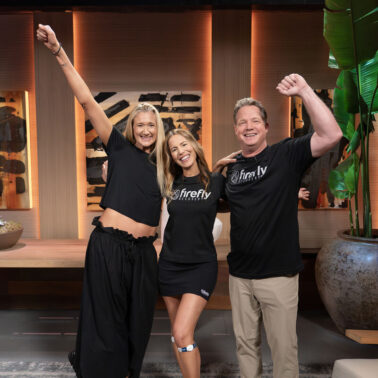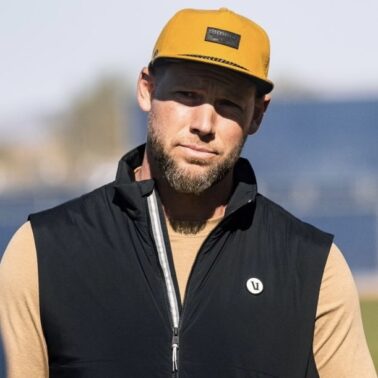“You may never be your perfect self again, but our hope with stem cell therapy is that we can functionally bring you back to what you want.”
Dr. Cam Davis
What You will learn
- Orthobiologic treatments like PRP, stem cells, and exosomes provide a non-surgical, middle-ground solution for treating injuries, bridging the gap between traditional treatments and surgery.
- Stem cells are not a cure-all but play a crucial role in helping the body regenerate tissue, offering potential improvements in joint and tendon health without fully restoring them to their original state.
- Exosomes act as transporters that deliver molecules like DNA and RNA between cells to promote faster healing, while peptides provide the building blocks necessary for tissue repair.
- PRP (platelet-rich plasma) remains one of the most accessible and widely used orthobiologic treatments, particularly effective for injuries involving tendons, ligaments, and joints.
- Although orthobiologics are showing promising results, the cost of these treatments remains a barrier, as they are not currently covered by insurance in most cases.
In the latest episode of Finding Small Wins, Dr. Adam Loiacono sat down with two prominent figures in sports medicine, Dr. Chuck Peterson and Dr. Cameron Davis, to discuss the growing role of orthobiologics in treating non-operative injuries. This fascinating conversation revealed how advancements in platelet-rich plasma (PRP), stem cell injections, exosomes, and peptides are changing the way injuries are managed, bridging the gap between traditional treatments and surgery.
If you’re interested in learning about cutting-edge treatments and how sports medicine is evolving, here are the five key takeaways you don’t want to miss.
What Are Orthobiologics and Why Are They Important?
Orthobiologics refer to biological substances, such as stem cells and PRP, that are used to treat musculoskeletal injuries. These treatments focus on enhancing the body’s ability to heal itself by using components like blood or bone marrow to speed up recovery and reduce inflammation.
Dr. Peterson described orthobiologics as “the middle ground” between conservative treatments like cortisone and NSAIDs and surgical interventions. For patients who don’t need surgery but require more than physical therapy, orthobiologics can be a game-changer, offering a safe and effective option to treat injuries and chronic conditions.
Stem Cells and Their Role in Healing
One of the most discussed topics was the role of stem cells in healing injuries, especially in athletes. Stem cell therapy involves harvesting cells from a patient’s bone marrow and injecting them into the injury site to stimulate tissue regeneration.
Dr. Davis highlighted a common misconception, saying, “Stem cells themselves will not necessarily rebuild everything in the most perfect way it once was.” However, they provide the building blocks and recruiters that help the body regenerate tissue in a more efficient way.
Exosomes and Peptides: The Next Frontier?
Exosomes and peptides are among the newer players in orthobiologics and are gaining attention for their unique roles in the healing process. Exosomes are small packets that transport vital molecules like DNA and RNA between cells, promoting faster healing.
Dr. Peterson elaborated: “Exosomes are like little cars carrying the passengers—active ingredients—that help accelerate the healing process.” Peptides, on the other hand, act as building blocks, providing the body with the necessary tools to repair damaged tissue more quickly.
Both exosomes and peptides are increasingly used in clinical settings and could be pivotal in the future of non-surgical sports medicine treatments.
PRP: A Reliable First Option
Platelet-rich plasma (PRP) remains one of the most widely used orthobiologic treatments. PRP involves drawing blood, concentrating the platelets, and injecting them into an injured area to promote healing. It is often the go-to choice for treating tendons, ligaments, and joints.
According to Dr. Peterson, PRP is a versatile option: “It’s the one with the most cost-effective and broad use, and it has the largest foundation of research behind it.” For many athletes and patients looking for a non-surgical solution, PRP is often the first step before considering more invasive procedures.
Cost and Accessibility: A Barrier to Treatment
One of the challenges surrounding orthobiologics is the cost. As of now, treatments like PRP, stem cell therapy, and exosome injections are not covered by insurance, making them inaccessible to some patients. Both Dr. Peterson and Dr. Davis emphasized the importance of setting realistic expectations based on the patient’s needs and financial situation.
“Orthobiologics are not for everybody,” Dr. Peterson explained. “We have to be realistic, and unfortunately, these treatments can be cost-prohibitive for some patients.”
Listen here – Finding Small Wins Podcast:
Dr. Chuck Peterson & Dr. Cam Davis: Stem cells, peptides, exosomes, and orthobiologics.
10 Key Takeaways
- Setting realistic expectations is crucial, as orthobiologics often act as treatments, not cures. They can significantly improve function and reduce pain, but full tissue regeneration may not always be possible.
- Orthobiologics offer a promising middle-ground between traditional treatments like cortisone and surgery, providing effective solutions for non-operative injuries such as those involving joints, tendons, and ligaments.
- PRP (platelet-rich plasma) is a versatile and widely used treatment that uses a patient’s own blood to stimulate healing and reduce inflammation, especially in joints and soft tissue injuries.
- Stem cells help regenerate tissue, but they won’t fully restore it to its original state. Instead, they assist in improving the overall health and function of injured areas.
- Exosomes act as messengers between cells, delivering molecules like DNA and RNA to stimulate faster healing and recovery from injuries.
- Peptides are the building blocks for tissue repair, helping to supply the raw materials the body needs to regenerate damaged areas and speed up recovery.
- Patient selection and individualized treatment plans are critical when deciding which orthobiologic therapy is appropriate, as these treatments need to be tailored to the patient’s specific condition and goals.
- PRP continues to be a first-line treatment in orthobiologics due to its accessibility, cost-effectiveness, and solid foundation of research supporting its use in a variety of injuries.
- Orthobiologics are not yet covered by insurance, making the cost of treatments like PRP, stem cells, and exosomes a potential barrier for many patients.
- Both the science and application of orthobiologics are still evolving, meaning that doctors often combine emerging research with clinical experience to determine the best course of action for each patient.
“Exosomes are cell transporters. Think of them as little cars carrying the passengers—active ingredients—from one cell to another, speeding up the healing process.”
Dr. Chuck Peterson
episode timeline
00:00 Introduction and Background
06:46 Orthobiologics: Bridging the Gap
10:49 Inflammation vs. Degeneration
18:38 Insurance Coverage for Orthobiologics
30:32 Understanding Stem Cell Injections
33:52 The Variability and Potential of Stem Cell Injections
38:32 Understanding the Range of Orthobiologics
48:30 The Parts of My Body That Didn’t Hurt Was My Knees
49:04 Exosomes: Small Transport Modulators
57:36 Orthobiologics: An Art and a Science
01:00:30 Customizing Orthobiologic Treatments
01:07:01 The Future of Orthobiologics: Bio 3D Printing
01:11:36 Advancements in Orthobiologics



